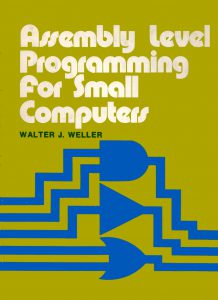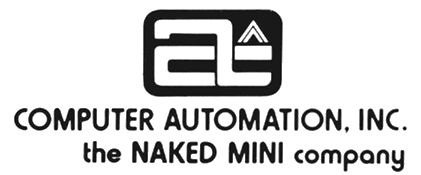
Computer Automation, Inc. was a computer manufacturing company originally based in Newport Beach, California that built minicomputers from the 1967 to 1992. The company moved to Irvine, CA in 1973. It was founded by David H. Methvin, who conceived and designed the original PDC-808 minicomputer. This 8-bit computer was sold as a Programmed Digital Controller, because the purchasing departments of some companies made it difficult to buy a “computer.”
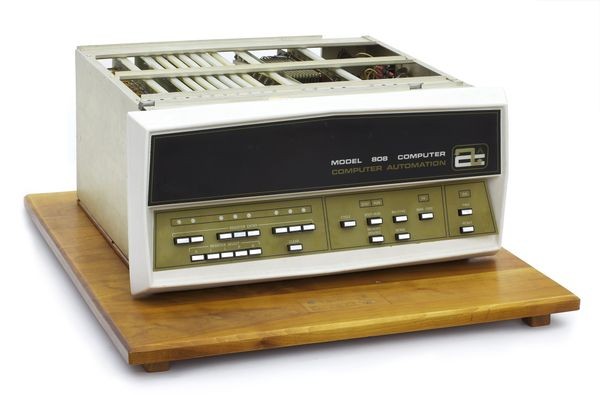
Computer Automation PDC-808 (Courtesy Computer History Museum)
Alpha 16 Minicomputer
In 1969, Computer Automation developed the Alpha 8 and Alpha 16 line of 8 and 16 bit minicomputers. The Alpha 16 was very successful, but was a fully discrete logic (DTL/RTL/TTL) minicomputer. The processor, ALU, and registers took up three full 15″ x 17″ circuit boards (with up to 168 ICs per board) and used a lot of power.
The Alpha 16 was possibly the first minicomputer specifically designed for OEMs (Original Equipment Manufacturers) to be used inside another product.
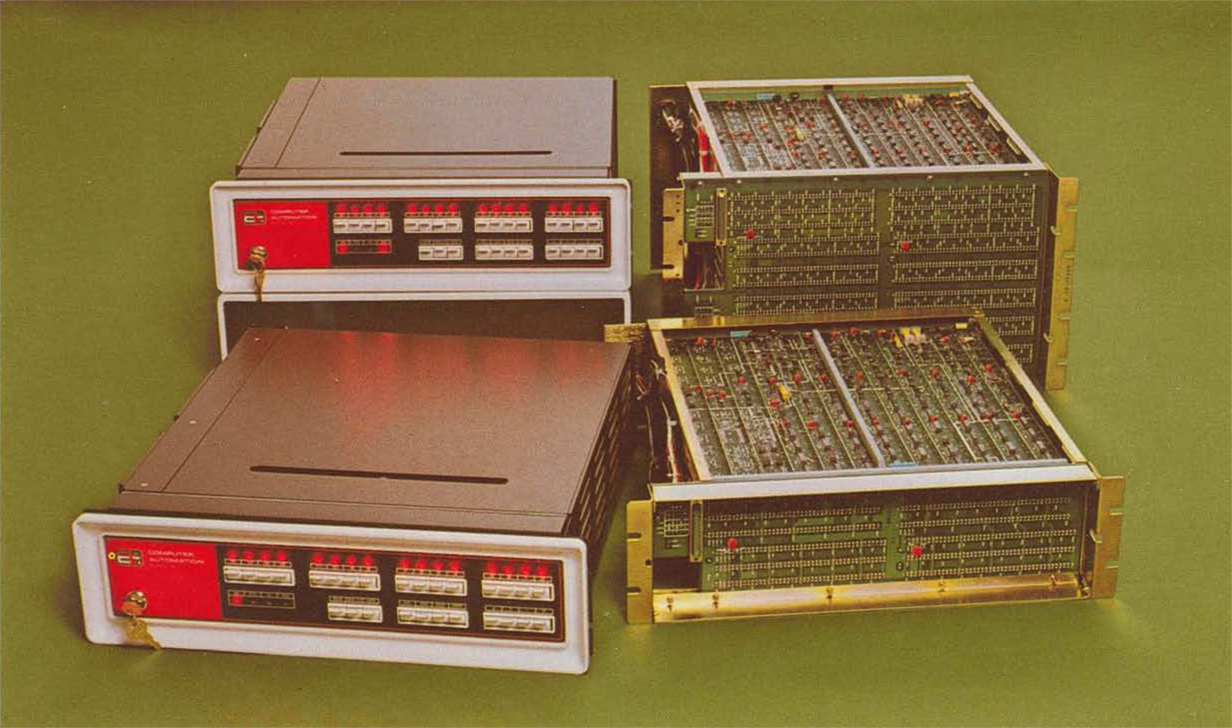
The “Naked Mini” – The computer that’s a component.
Computer Automation created a “naked” minicomputer costing less than $1500 (in quantity) designed for use in embedded systems. The Alpha 16 became the first of the “Naked Mini” products, a line of cheap, easy-to-use, reliable minicomputers “designed as a dependable component ready to bury into your system.” Engineers eager to “computerize” their products loved it. Their advertising tag line was “The computer that’s a component.”
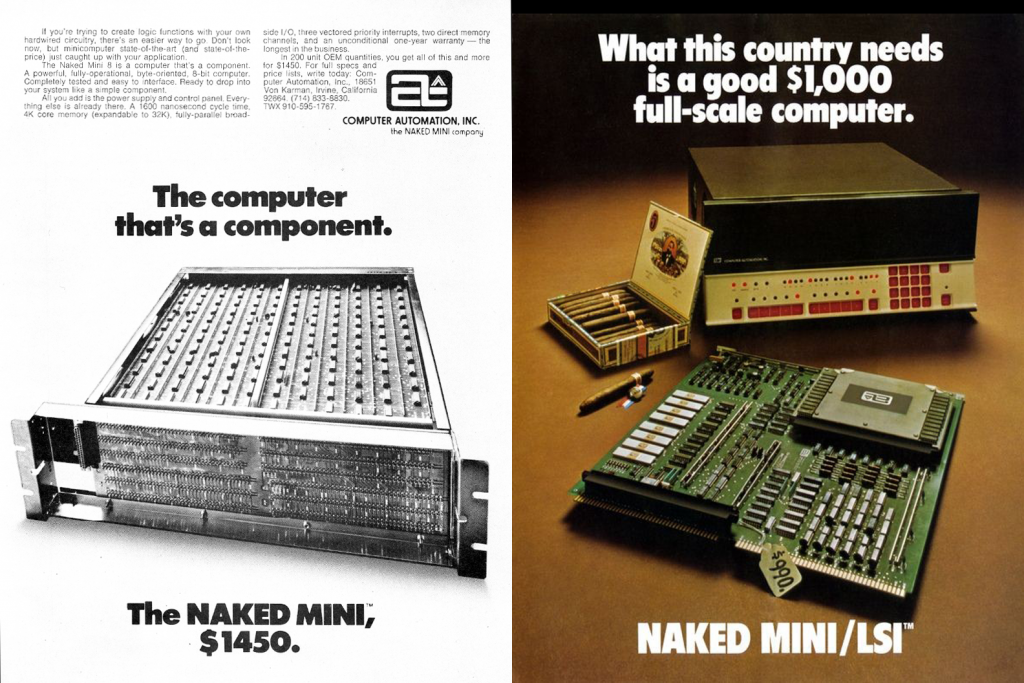
Alpha/LSI Minicomputer
Integrated circuit technology was developing very fast with higher levels of integration on chip. To reduce costs and remain competitive, Computer Automation soon began developing the Alpha/LSI product line.
The Alpha/LSI series of machines used increasingly more MSI and LSI components to reduce size, power, and heat, and increase the speed of the systems. The Alpha/LSI-2 was the first high production member of the family, and was manufactured from 1973 to 1985. It also had a fully micro coded processor on ROMs which enabled a large and powerful instruction set. There were several models released that were successively more powerful.


